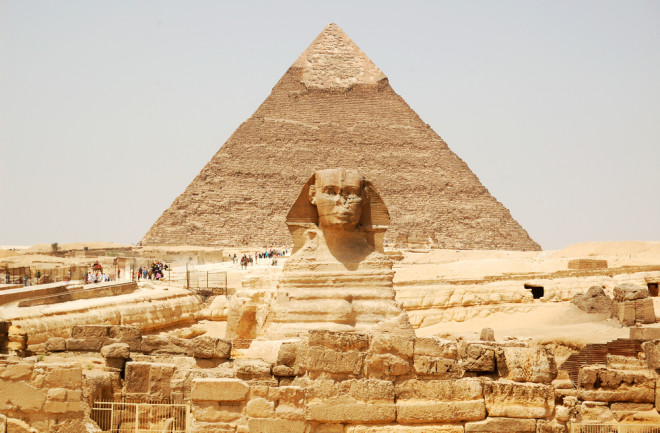The oldest of the seven wonders of the ancient world is also the only structure that’s still in existence today. The Great Pyramid of Giza in Egypt stands as a testament to human ingenuity.
Napoleon Bonaparte once said that “from the summit of these pyramids, 40 centuries look down on us.” And it’s true, the Great Pyramid was built in the early 26th century B.C. The fact that it still stands today is a wonder in itself.

